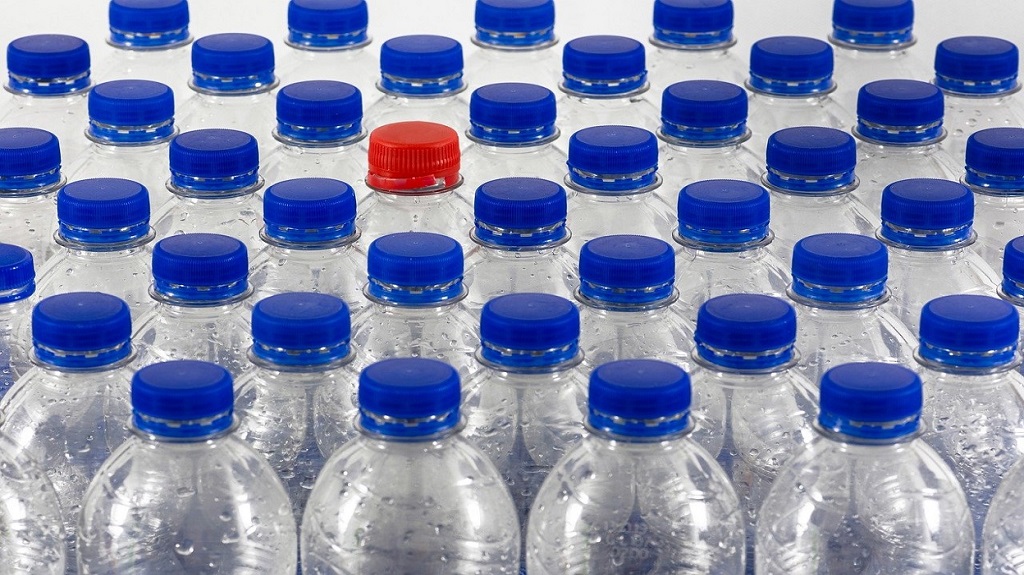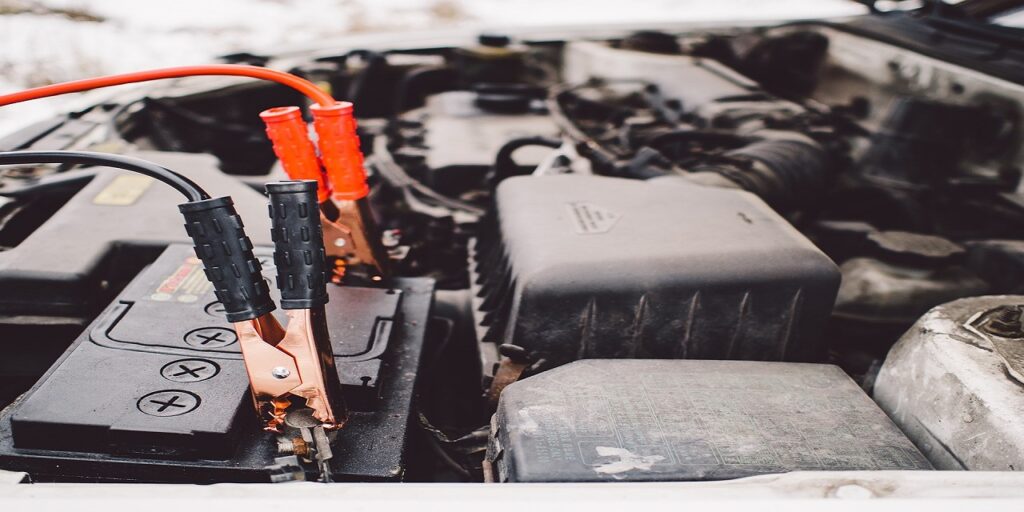Reverse osmosis is a technique to purify water by separating contaminants like particles, chlorine, germs, salts etc using a semi permeable membrane.
Have you ever thought about how water is purified?
A packaged water bottle contains purified water that goes through various processes to make it suitable for drinking. The various process involves filtration, reverses osmosis and Ultraviolet rays treatment.
The portable water purifiers use all these technologies to purify the water in a small amount whereas water purifier companies like Bisleri, Aquafina, Rail Neer, etc purify, pack and supply water in bulk.

There are various conventional methods of water purification such as boiling, water chlorination, distillation, iodine addition, reverse osmosis, clay vessel filtration, UV radiation treatment, desalination.
Of all the water purification methods UV RO Water technology is the most effective and is widely used worldwide.
In this article, we will focus on water purification by reverse osmosis technology.
What is reverse osmosis?
A Reverse osmosis is a technology used to separate contaminant particles from water through a semi-permeable membrane under the influence of high pressure.
Reverse osmosis(RO) is the reverse process of osmosis.
So what is osmosis?
Osmosis is a process in which solvent molecules move from a lesser concentrated solution to a higher concentrated solution through a semipermeable membrane.
For example, consider a container that is separated by a semipermeable membrane. One side is filled with saltwater and another with pure water. We know that saltwater solution is higher in concentration compared to pure water. In this situation, a weaker saline solution that is pure water will tend to move to a strong saline solution that is towards the saltwater solution.
Osmosis is a naturally occurring phenomenon in most living organisms. For example, the roots of the plants absorb water from the soil through osmosis, kidneys absorb water from the blood through osmosis.
Osmosis also works in preservatives. Preservatives get mixed up with food and become a highly concentrated solution, any microorganism/germs present in the food will die due to the loss of water from its cells which is absorbed through the process of osmosis.
Pickles have longer self-life because while preparing it is highly concentrated by adding salts particles which gets mixed up with water content and becomes a highly concentrated solution. The highly concentrated solution kills the bacteria/germs through osmosis.
To achieve the process of osmosis or reverse osmosis, a semi-permeable membrane is required. A semipermeable membrane allows only a certain size of particles to pass through it but not others. A mosquito net can be considered as a semipermeable membrane where it will allow ants to pass but not the mosquito.
The pores in the semi-permeable membrane used in the reverse osmosis are big enough to allow water molecules to pass but small enough to stop mineral particles to pass.
How reverse osmosis works?
As already mentioned Reverse osmosis(RO) is the reverse process of osmosis. Osmosis occurs naturally without the requirement of energy but reverse osmosis requires energy and the amount of energy increases with the increase in the concentration of the solution.
Osmotic pressure
It is a pressure at which the natural process of osmosis stops, the osmotic pressure stops the further flow of pure water into the concentrated solution. With reference to reverse osmosis, the osmotic pressure is the minimum pressure that must be applied towards the concentrated solution in order to pass water molecules through a semipermeable membrane.
When a pressure greater than the osmotic pressure is applied on the side of the higher concentration solution, it tends to pass water molecules through a semipermeable membrane to the other side. The water that is obtained through the reverse osmosis process is 95% to 99% free from dissolved salts and minerals making water free from contaminants. But there are chances that disease-causing microbes may not be filtered through reverse osmosis, so water purifying companies go for UV treatment for the water. Ultraviolet radiation has the tendency to kill pathogens and thus making water fit for drinking through the RO UV technology.
What is the extent of the purity of water from reverse osmosis?
Reverse osmosis removes 95% to 99% of dissolved salts and mineral particles. Microbes such as viruses and bacteria also get filtered but there are chances they can pass through a semipermeable membrane, so water is treated UV radiation to kill any possible pathogens present. So we can conclude that reverse osmosis is almost 99% percent efficient in removing dissolved salt and mineral particles from the solution. Reverse osmosis is a widely used technology for commercial and industrial applications. Industries such as distilleries, pharmaceuticals, food and beverage, metal finishing, painting, boiler feed, semiconductor manufacturing use reverse osmosis technology.
Limitations of reverse osmosis –
- Reverse osmosis cannot remove organic chemicals such as pesticides and solvents.
- Reverse osmosis cannot remove dissolved gases, such as radon and trihalomethanes.
- The use of this technology is expensive and cannot be used much in domestics.
- The semipermeable membrane decay after a certain period of time, hence they call for replacement.
- The semipermeable membrane does not stop 100% of microorganisms.
Useful Glossary –
- Contaminant – Any substance that makes something impure
- Semi-permeable membrane – A membrane that specifically allows a certain size of particles to pass
- Solution (chemistry) – A uniform mixture of solute and solvent
- Solute – A solvent that gets dissolved (Ex- salt, sugar)
- Solvent – A substance in which solute gets dissolved (Ex- water)
- Saline solution – Salt solution(sodium chloride/table salt)
- Pathogens – Disease-causing microorganisms



